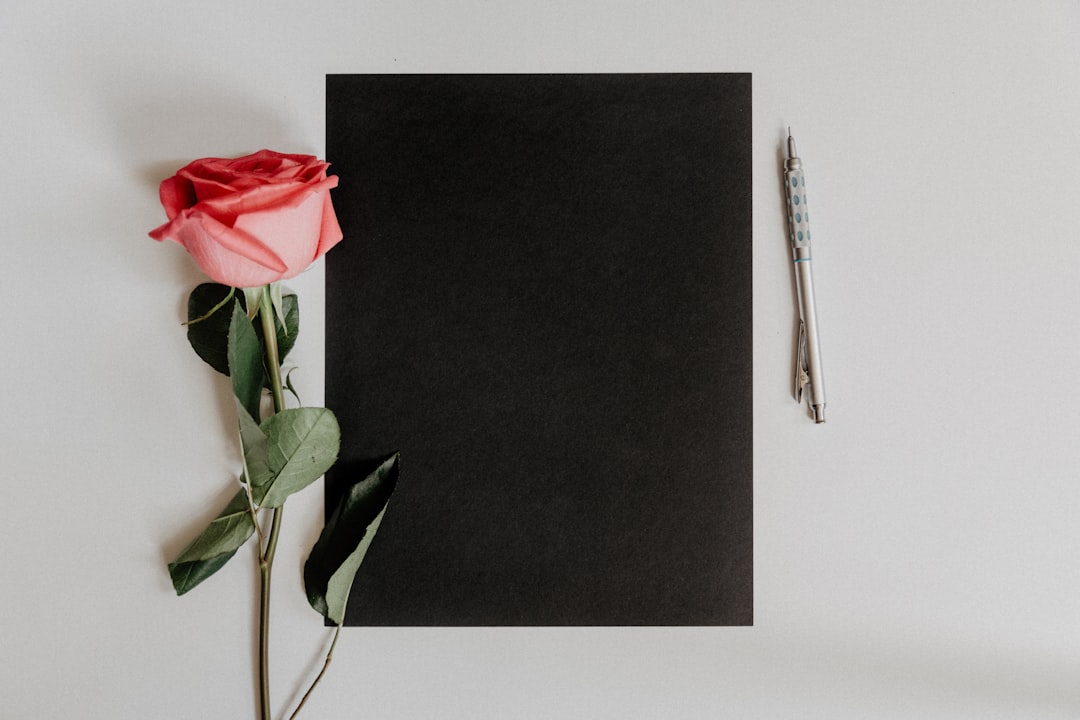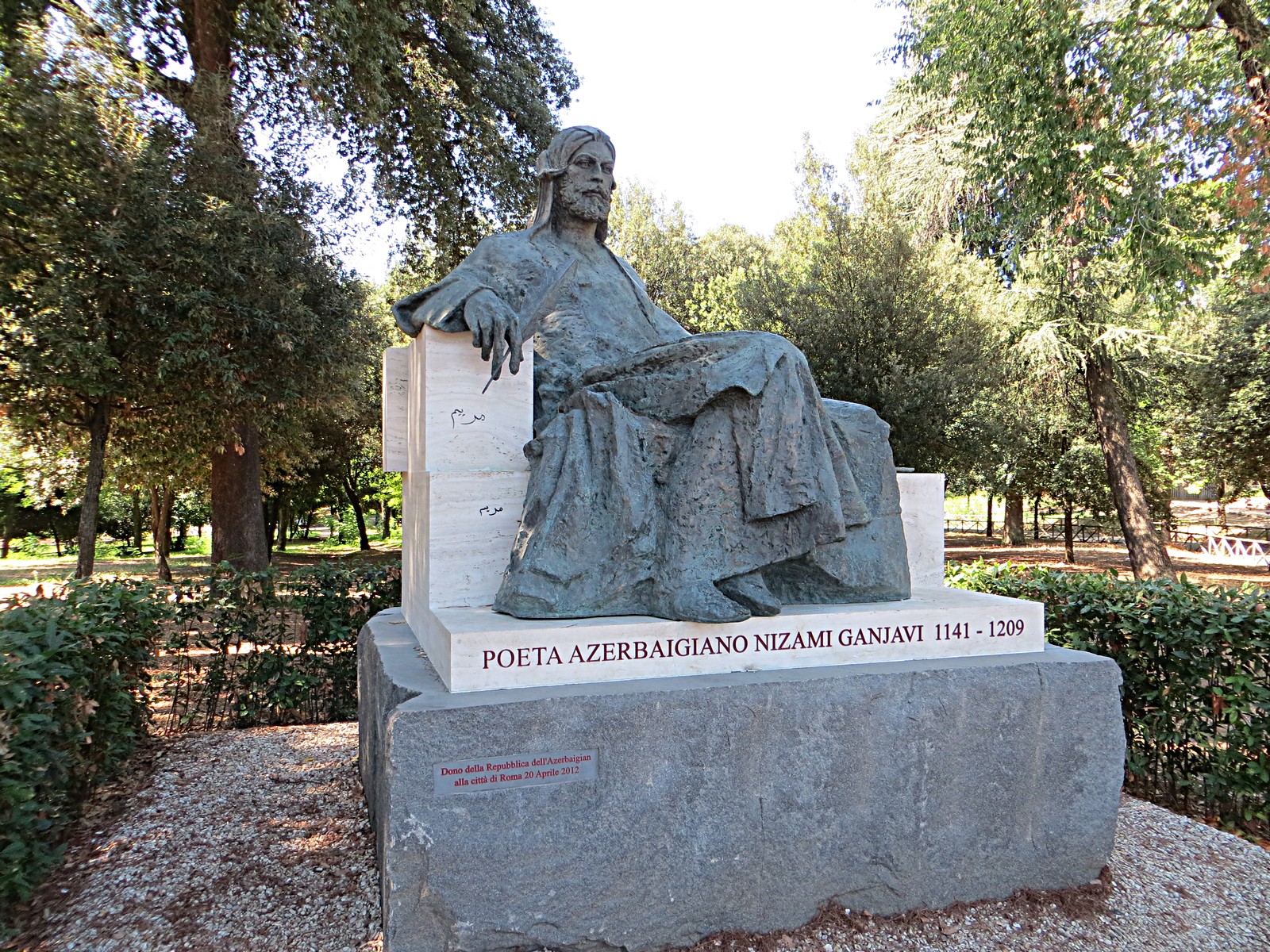If Persian literature were a garden, the ghazal would be one of its most fragrant, enduring blossoms. Mysterious yet accessible, musical yet profound, the ghazal is a poetic form that has captivated hearts for centuries—across borders, languages, and even religions. From the mystical verses of Hafez to the love-laced lines of Rumi, the ghazal has become the soul of Persian lyric poetry.
But what is a ghazal exactly? Where did it come from? And why does it still feel so powerful today?
Let’s dive into the world of this beautiful and timeless form.
What Is a Ghazal?
At its heart, a ghazal (غزل) is a collection of rhyming couplets, each one a self-contained unit of emotion, reflection, or imagery. The word ghazal is derived from Arabic and originally referred to the cry of a gazelle—a symbol of beauty and longing in classical Persian and Arabic poetry.
Each couplet in a ghazal is called a bayt, and typically, a ghazal contains between 5 to 15 couplets. All couplets share the same meter and follow a specific rhyme scheme, usually in the form:
AA, BA, CA, DA... and so on.
The first couplet sets the rhyme and refrain (called radif), and every second line after that must end with the same rhyme and refrain.
Example (simplified in English translation):
I saw the moonlight falling on your face, my love.
It made the night more silent in your grace, my love.The stars looked down, but none could steal your shine.
Even heaven paused to feel your grace, my love.
Even though the couplets appear disconnected at times, what binds a ghazal together is the emotional tone—often centered on themes of love, loss, spiritual longing, and beauty.
Origins of the Ghazal
The ghazal has its roots in 7th-century Arabic poetry, but it found its richest expression in Persian literature, especially during the medieval Islamic Golden Age. It was in the hands of Persian masters like Rudaki, Sanai, and later Hafez, Saadi, and Rumi that the form evolved into an art of sublime beauty and layered meaning.
From Persia, the ghazal spread to South Asia, Turkey, and even Europe, influencing poets from Goethe to Ghalib.
Themes: Longing, Love, and the Divine
The core emotion of a ghazal is often yearning—for a lover, for beauty, or for divine union. The beloved can be mortal or spiritual, real or imagined. Many ghazals are Sufi in spirit, using the metaphor of earthly love to express the soul’s longing for God.
Key motifs you’ll find in Persian ghazals:
-
The Beloved: elusive, cruel, perfect, and often indifferent.
-
The Wine and the Tavern: symbols of spiritual intoxication and divine ecstasy.
-
The Nightingale and the Rose: archetypes of the lover and the beloved.
-
Separation and Union: moments of spiritual insight and emotional despair.
-
The Mirror: symbol of self-reflection and hidden truths.
It’s a form where joy and sorrow walk hand in hand.
The Role of the Poet: The Final Signature
One unique tradition in the ghazal is that poets often include their pen name (takhallus) in the final couplet. This creates a personal, reflective moment—like the poet stepping into the poem:
Speak, Hafez, of the pain your heart still hides,
In every verse your silent soul confides.
This last couplet often ties the whole poem together or adds a surprising twist.
Why the Ghazal Still Matters
The ghazal is more than a poetic form—it’s a way of feeling, a structure that holds the fragile emotions of love, faith, and existential searching. Its magic lies in how each couplet can stand alone, yet together they form a mosaic of human experience.
Modern poets continue to write ghazals, in Persian and beyond—into Urdu, Hindi, Turkish, Kurdish, and even English. In the West, poets like Adrienne Rich, Agha Shahid Ali, and Robert Bly have explored the ghazal with fresh eyes.
Whether read in ancient manuscripts or heard in music and song, the ghazal lives on as a bridge between the heart and the heavens.
Final Thoughts
To read a ghazal is to listen to a whisper from centuries past—a voice speaking of love, longing, and the soul’s search for something greater than itself. Whether it's the earthy charm of Saadi or the divine ecstasy of Rumi, the ghazal invites you into a world where each line is a universe, and each silence, a secret.
So next time you encounter one, take your time. Let it wash over you. Feel the rhythm, the ache, the wonder. That’s the power of the ghazal.
Curious to read one of Hafez’s most famous ghazals with explanation? Or want to try writing your own? Let me know, and we’ll explore it together.





